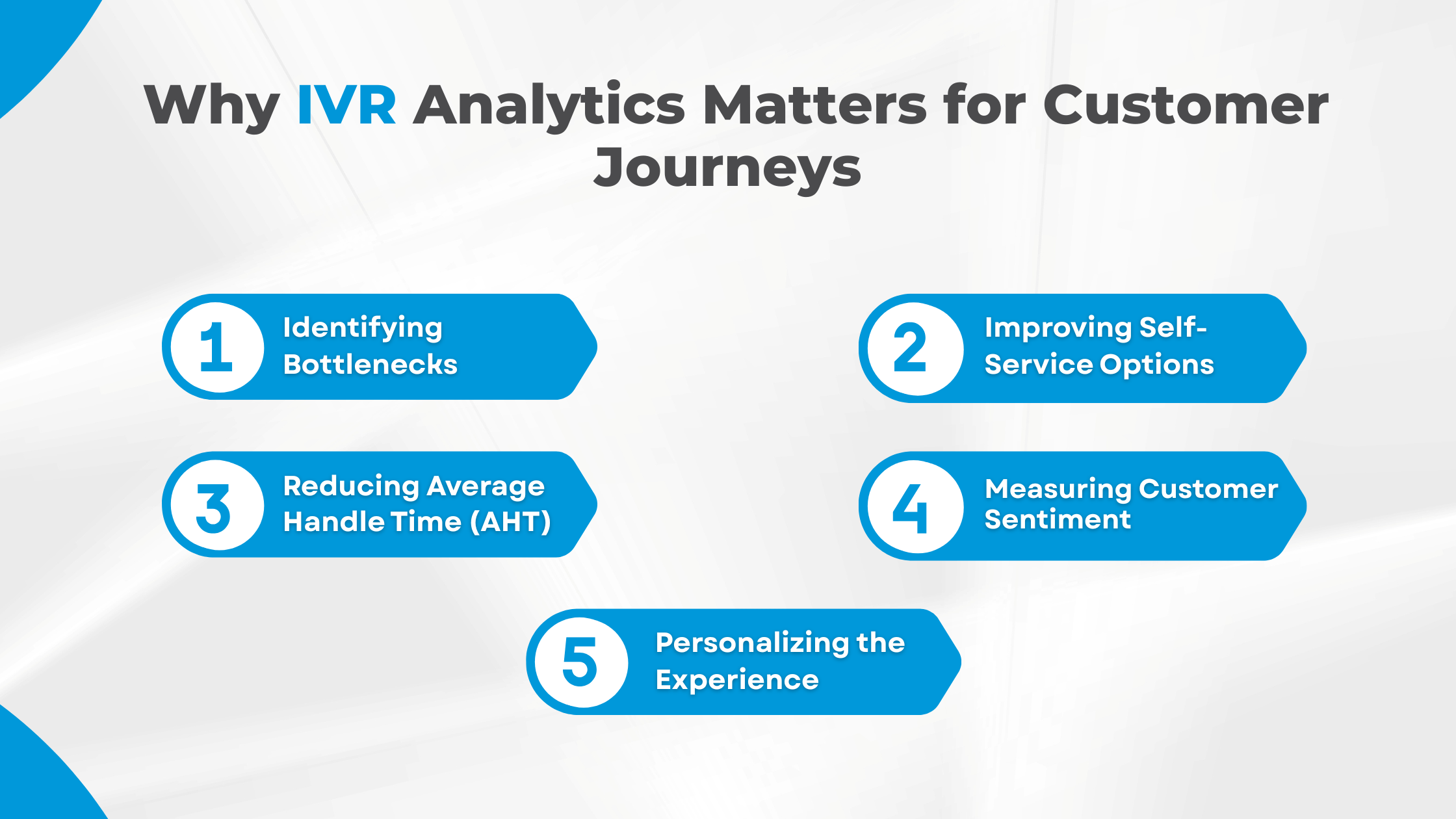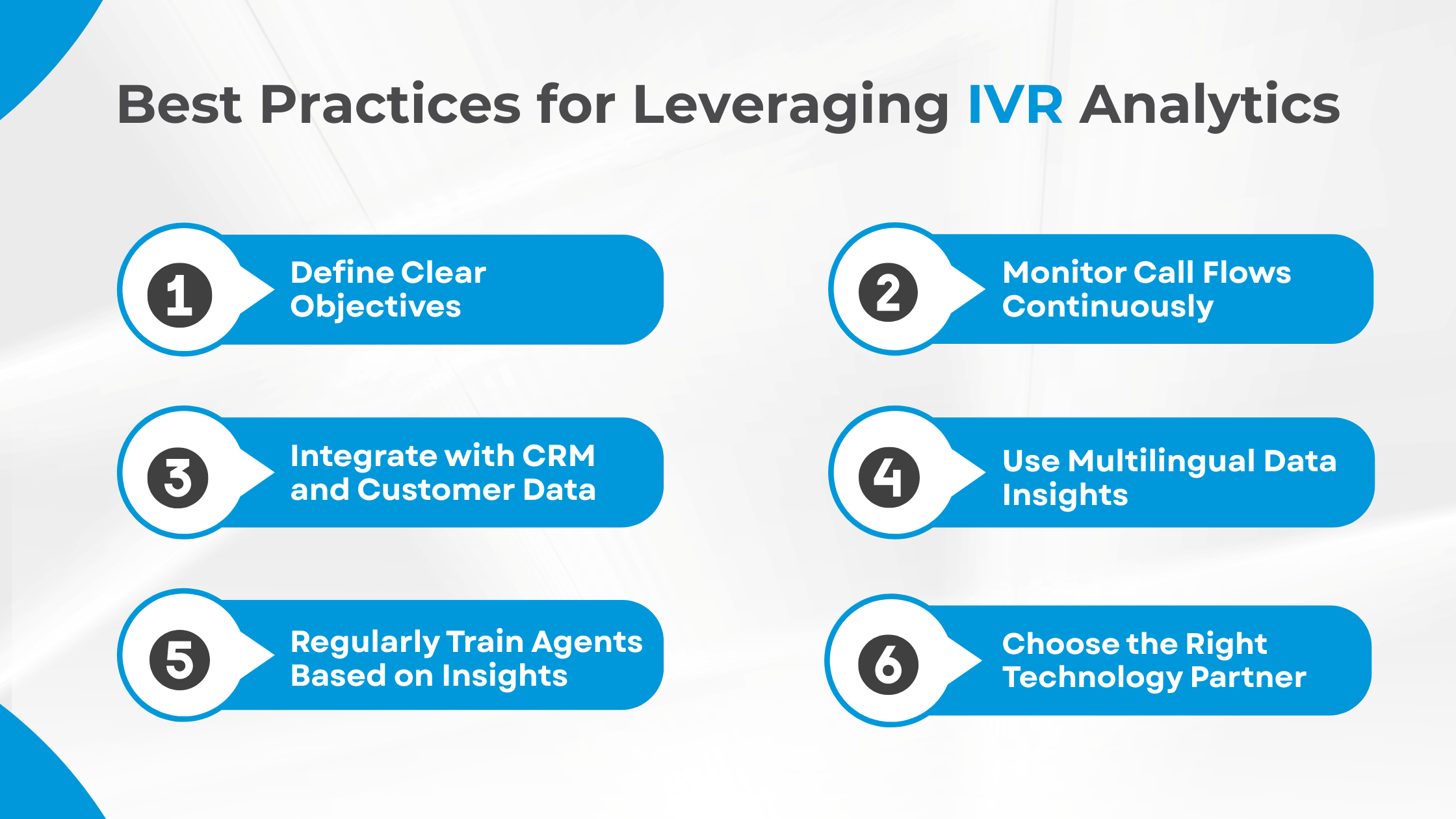When we talk about delivering exceptional customer experiences, one of the most powerful yet often overlooked tools is IVR analytics. An IVR system (Interactive Voice Response) is already a key part of customer engagement, but the real transformation begins when organizations leverage analytics to understand caller behaviour, streamline interactions, and refine the customer journey.
In this blog, we’ll delve into how Kommuno’s IVR analytics works, its significance, and how it can help businesses, particularly in India, improve customer satisfaction. We’ll also highlight how choosing the best IVR service provider in India ensures that you’re not just implementing a system but building an intelligent, data-driven customer communication channel.
An IVR system allows customers to interact with a company’s services via automated menus, usually through keypad inputs or voice commands. While the IVR handles call routing, self-service, and information delivery, IVR analytics is the process of collecting, analyzing, and interpreting data generated during these interactions.
This data may include:
By converting this raw information into actionable insights, businesses can identify pain points in the customer journey and optimize both the IVR system and the overall service strategy.

Customer journeys are no longer linear. A person may start with a website, transition to a mobile app, and end up calling the support center. When they reach the IVR, they expect quick, clear, and convenient solutions. If the IVR frustrates them with long menus, confusing options, or unnecessary transfers, it can erode trust and loyalty.
Here’s where IVR analytics steps in:
Analytics helps identify reasons why customers need to escalate calls to agents. By addressing those gaps, businesses can resolve more issues on the first attempt, which boosts satisfaction.
By analyzing call patterns, businesses can move frequently requested services into the self-service domain. This reduces agent workload, saving time and costs.
A seamless IVR journey builds confidence in the brand. When customers feel valued and supported, they are less likely to switch to competitors.
Data-driven insights from the IVR show peak call times, frequently accessed services, and average call durations. Managers can then allocate staffing resources effectively to avoid bottlenecks.
Analytics not only improves the IVR system but also informs larger business decisions. For example, if data shows frequent queries about billing, it may signal the need for clearer communication or better billing systems.
The IVR system in India has seen widespread adoption across industries—from banking to healthcare to e-commerce. With a diverse population and multiple languages, analytics plays a critical role in ensuring inclusivity and efficiency.
By using analytics, Indian businesses can ensure that the IVR experience doesn’t become a roadblock but a gateway to faster resolutions and better engagement.

To truly maximize the potential of IVR analytics, organizations need a strategic approach. Here are some best practices:
Are you aiming to reduce call abandonment, improve self-service adoption, or increase FCR rates? Setting clear goals helps align analytics with measurable business outcomes.
Customer preferences change. Regularly reviewing call flows ensures that menus remain relevant and streamlined.
By linking the IVR system with CRM tools, businesses can offer personalized experiences. Analytics becomes richer when combined with customer history.
In India, callers interact in multiple languages. Analytics should account for this diversity and help design inclusive menus that reflect regional preferences.
IVR analytics can reveal why calls are being escalated. This data should guide agent training programs to close knowledge gaps.
Working with the best IVR service provider in India ensures advanced reporting dashboards, AI-powered analytics, and seamless integration with existing systems.
While businesses may understand the value of IVR analytics, implementation often requires expertise. The best IVR service providers in India don’t just set up call flows; they offer end-to-end solutions that include advanced analytics, reporting, and support.
Here’s what to look for when choosing a provider:
By partnering with the best IVR service provider in India, companies ensure they are not just investing in a system but in a tool that continuously improves the customer journey through data-driven insights.
The future of IVR analytics is evolving with artificial intelligence and machine learning. Businesses can expect:
For businesses in India, this future means an even greater opportunity to design customer-centric strategies.
Customer journeys are shaped by every interaction, and the IVR is often a critical touchpoint. Without analytics, an IVR system risks being just another automation tool. But with Kommuno’s IVR analytics, it becomes a powerful engine for improving experiences, reducing costs, and strengthening customer relationships.
In the context of the IVR system in India, where customers are diverse, expectations are rising, and businesses operate at scale, analytics is not optional; it’s essential. By partnering with the best IVR service provider in India like Kommuno, organizations gain not only the infrastructure but also the intelligence needed to transform customer journeys.
Investing in IVR analytics today means creating smoother, smarter, and more satisfying customer experiences tomorrow.
Elevate Your Business Game with Kommuno – The best way to stay connected to customers!
Copyright ©2024 All Rights Reserved | Kommuno Technologies Pvt Ltd
Copyright ©2024 All Rights Reserved | Kommuno Technologies Pvt Ltd